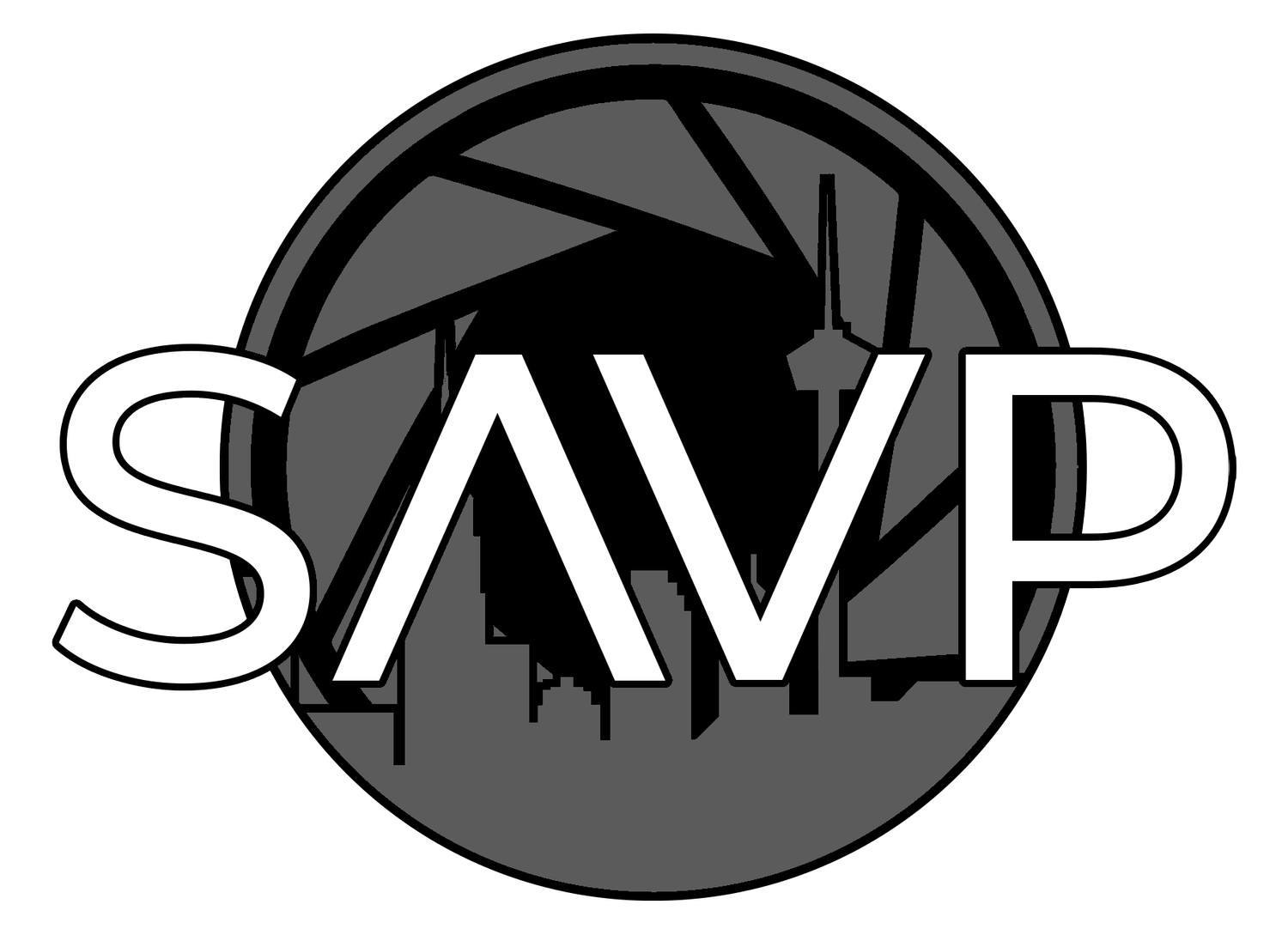Understanding the Video Production Workflow
Introduction to Video Production Workflow
In the realm of video production, the term video production workflow is crucial for anyone involved in creating video content. This workflow encompasses a systematic approach that ensures all elements of producing a video are addressed from conception to final delivery. In this blog post, we explore the five main stages of video production workflow and highlight the significance of each.
Having a well-defined video production workflow not only enhances the creativity of the team but also increases the efficiency and quality of the project. A disorganized workflow often leads to missed deadlines and oversights in quality, which ultimately impacts the success of the video.
The Significance of Pre-Production in Video Production Workflow
Pre-production is the first and arguably the most critical stage of the video production workflow. This phase involves meticulous planning and organization. Effective pre-production includes several key components:
Concept Development: Here, the core idea of the video is formed. This is where creativity blossoms, as the team brainstorms visual storytelling techniques that align with the desired message.
Scriptwriting: A well-structured script forms the backbone of the video. Scriptwriters craft dialogues and narratives that carry the message in an engaging manner.
Storyboarding: To visualize how each shot plays out, storyboarding serves as a roadmap for the production phase.
Location Scouting: The right locations can significantly enhance the video's quality. Scouting allows the team to find settings that complement the story.
Assembling the Crew: Identifying and gathering the necessary talent, from directors to camera operators, is crucial to executing the vision.
By investing time in pre-production, teams can avoid potential pitfalls later in the video production workflow.
Production: Bringing the Vision to Life
The production stage transforms ideas into reality. Here, the footage is captured. This phase can be exciting yet challenging, as it involves various tasks:
Equipment Setup: Proper equipment must be ready for use to ensure that everything from lighting to camera angles is precisely aligned with the vision.
Directing: The director guides the actors and crew to shape the performance and cinematography.
Shooting: This is when the actual filming takes place, and every shot must be executed with accuracy and intention.
Managing the Shoot: Keeping everything on schedule and addressing unforeseen issues promptly is vital to a successful production phase.
Each of these tasks contributes to an efficient video production workflow, ensuring the team captures all necessary footage.
Key Elements of Post-Production in Video Production Workflow
After filming, the video enters the post-production stage. This phase is where everything comes together to create the final video. Key components of post-production include:
Importing and Organizing: Keeping the footage organized is essential as it makes the editing process smoother.
Editing: This is the stage where the actual magic happens. Editors cut and splice footage, creating a coherent narrative.
Adding Effects and Graphics: Enhancements such as transitions, animations, and titles are added to elevate the video's professionalism.
Color Grading: Color grading can dramatically affect the mood and tone of the video, making it visually appealing.
Sound Design: Incorporating soundtracks, effects, and voiceovers adds depth and richness to the video.
Post-production is a pivotal phase of the video production workflow, where the final product takes shape.
Navigating the Revisions Process in Video Production Workflow
Once the initial edit is completed, the video enters the revisions process. This stage allows stakeholders to review the footage and provide feedback. Open communication is essential here. Key aspects include:
Reviewing Footage: Collaborators must analyze the video thoroughly to ensure it meets objectives.
Providing Feedback: Constructive criticism is crucial for refining the video.
Making Adjustments: Based on feedback, necessary changes and revisions will be made to enhance the overall quality.
Engaging in a thorough revisions process strengthens the team’s collaboration and improves the video’s final outcome.
Completing the Video Production Workflow with Final Delivery
The final stage in the video production workflow involves delivering the completed video. This process must ensure that the video is outputted in the appropriate formats for various platforms. Essential actions include:
Outputting the Finished Video: Ensuring the video meets the specifications set by the client or platform is crucial.
Distributing the Video: Sharing the video on different platforms involves a strategic approach to reach the target audience effectively.
The final delivery is not only about handing over the product; it’s about ensuring that the story reaches its intended audience with impact.
Streamlining Your Video Production Workflow
Understanding the video production workflow is essential to producing high-quality video content efficiently. From pre-production to final delivery, each stage plays a vital role in ensuring that every step is meticulously executed. By organizing tasks and promoting collaboration among team members, you can create a seamless and effective video production workflow that maximizes creativity and quality.




